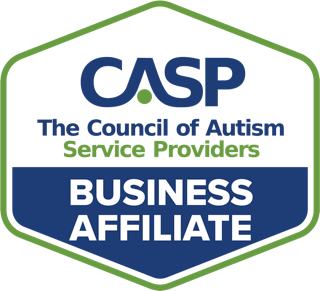According to Schieltz & Wacker (2020), telehealth services including diagnosis, management, and education, grew at a rate of over 50% between 2005-2014.
With the recent global pandemic causing an abrupt and necessary shift from in-person to remote service delivery for many behavioral health providers, telehealth is seeing a new increase as a service delivery model. Shieltz & Wacker provide a comprehensive literature review on functional assessment and function-based treatment of challenging behavior provided via telehealth to date.
Wacker and colleagues (Barretto et al, 2006) provided the first known telehealth functional assessment over 20 years ago.
Since then, at least 17 more studies have demonstrated effectiveness in conducting these assessments via telehealth, with at least one study (Tasmi et al, 2019) doing so across countries. Following FA results, function-based treatments were implemented to teach functional communication, with 13 studies reviewed demonstrating treatment fading via telehealth.
With regard to training parents to implement procedures for assessment and treatment, studies have evaluated performance feedback (both live and remote), and training through workshops or online training modules. All have demonstrated success in improving parent performance to varying degrees.
Schieltz & Wacker (2020) emphasize the importance of considering implementation fidelity, services across cultures, time and cost-effectiveness, caregiver preferences, and telehealth limitations when choosing how to implement these procedures via telehealth.
These results indicate that assessments can be successfully conducted remotely, even with a focus on maladaptive behavior. This would suggest that success can be replicated with skills assessments via telehealth.
While there are no studies published to date evaluating the effectiveness of skills assessments in the field of behavior analysis, Waite et al (2010) conducted a language-based assessment, the CELF-4, with 25 participants. Researchers compared online and in-person assessments with each participant, and results indicated there was no significant difference in raw or scaled scores for each subtest, supporting the validity and reliability of CELF-4 telehealth assessments.
References
Barretto, A., Wacker, David P., Harding, J., Lee, J., & Berg, Wendy K. (2006). Using telemedicine to conduct behavioral assessments. Journal of Applied Behavior Analysis, 39, 333-340. https://doi.org/10.1901/jaba.2006.173-04
Schieltz, Kelly M. & Wacker, David P. (2020) Functional assessment and function-based treatment delivered via telehealth: A brief summary. Journal of Applied Behavior Analysis, 53, 1242-1258. https://doi.org/10.1002/jaba.742
Waite, Monique C., Theodoros, Deborah G., Russell, Trevor G., & Cahill, Louise M. (2010). Internet-based telehealth assessment of language using the CELF-4. Language, Speech, and Hearing Services in Schools, 41, 448-458. https://doi.org/10.1044/0161-1461(2009/08-0131)










